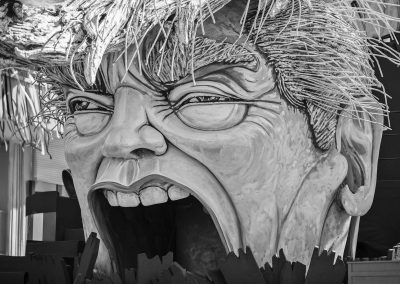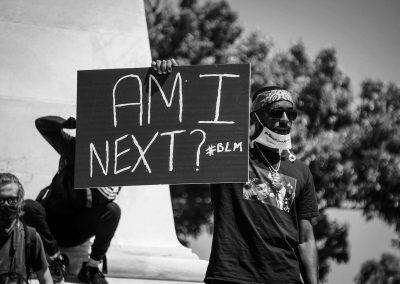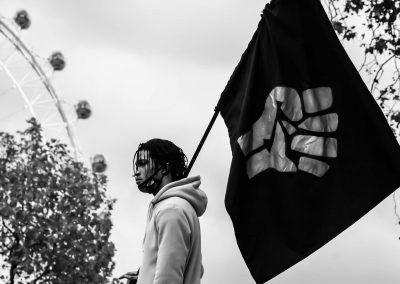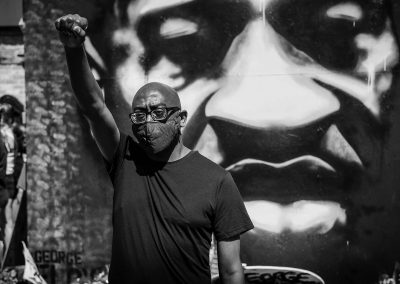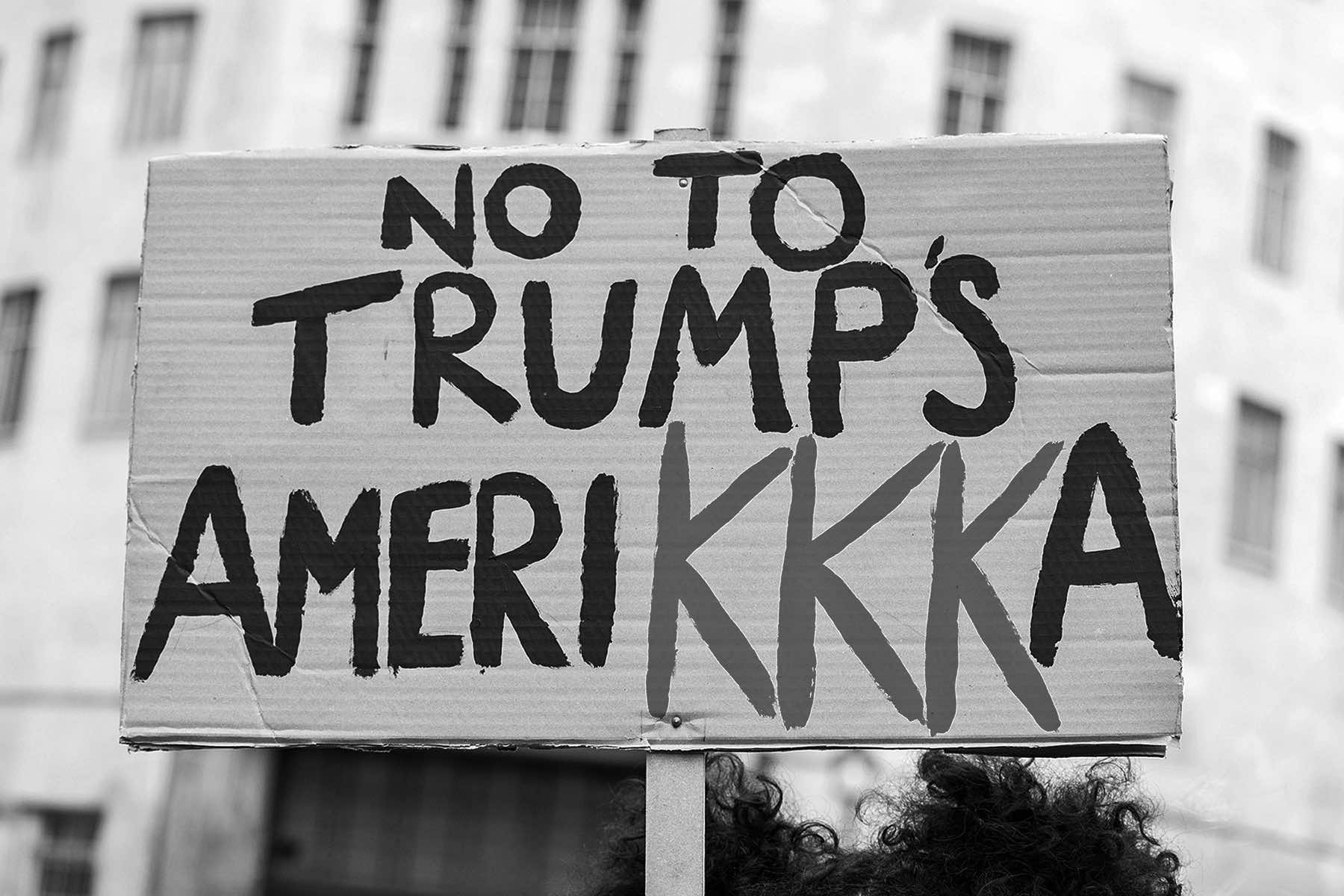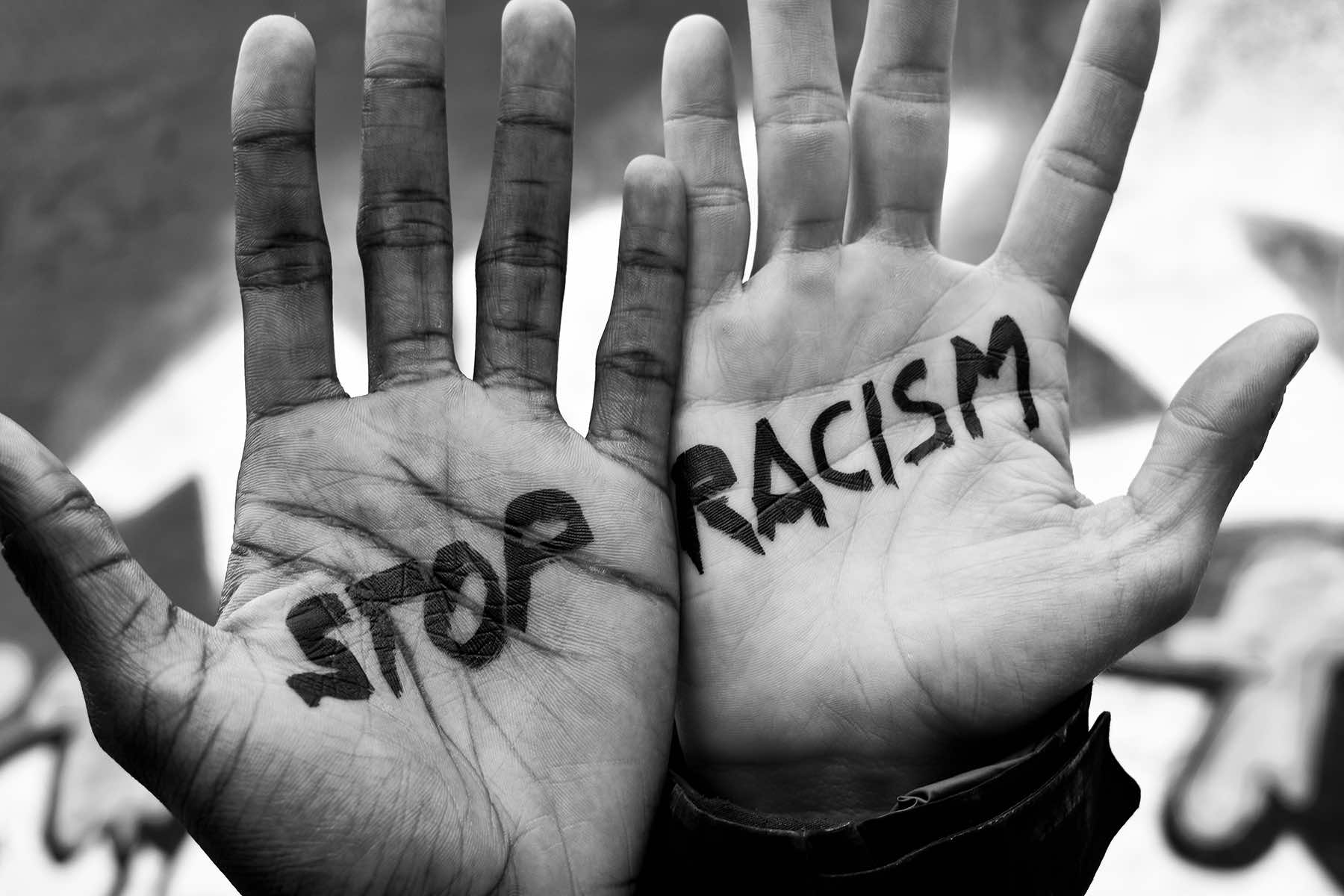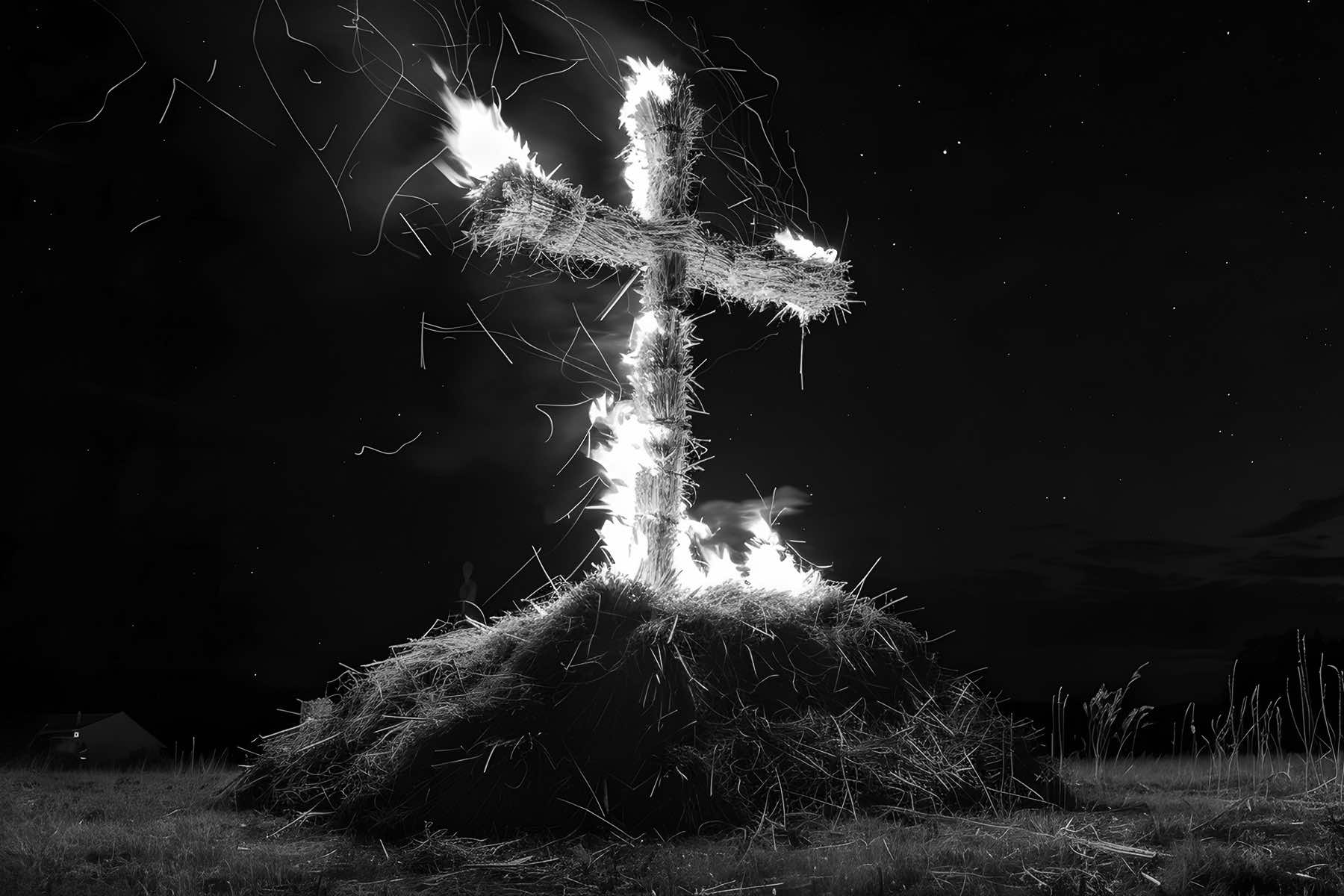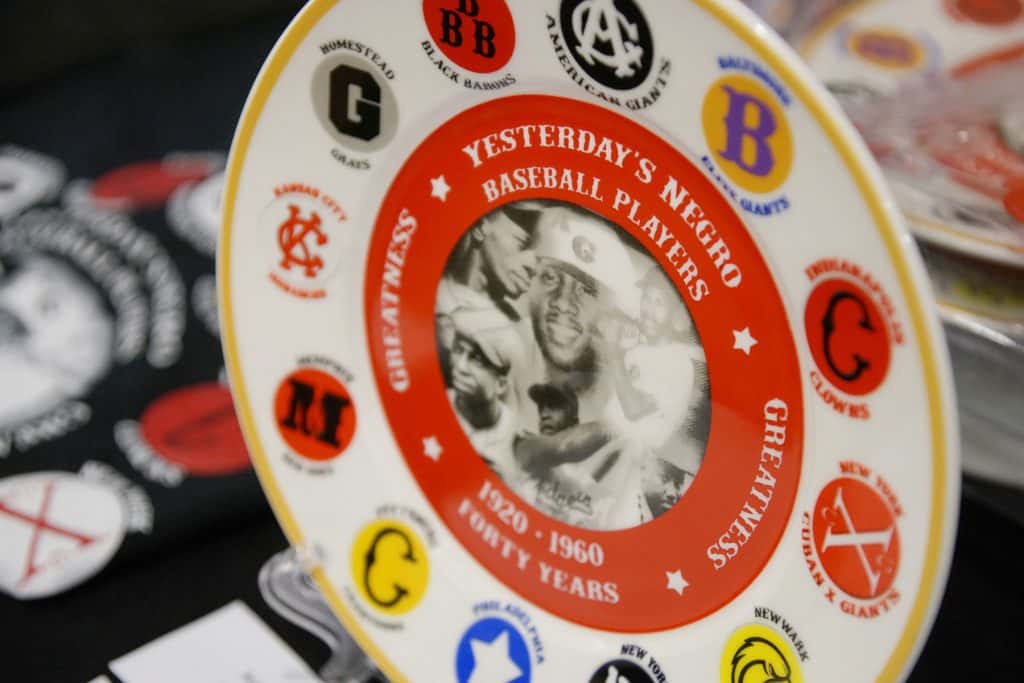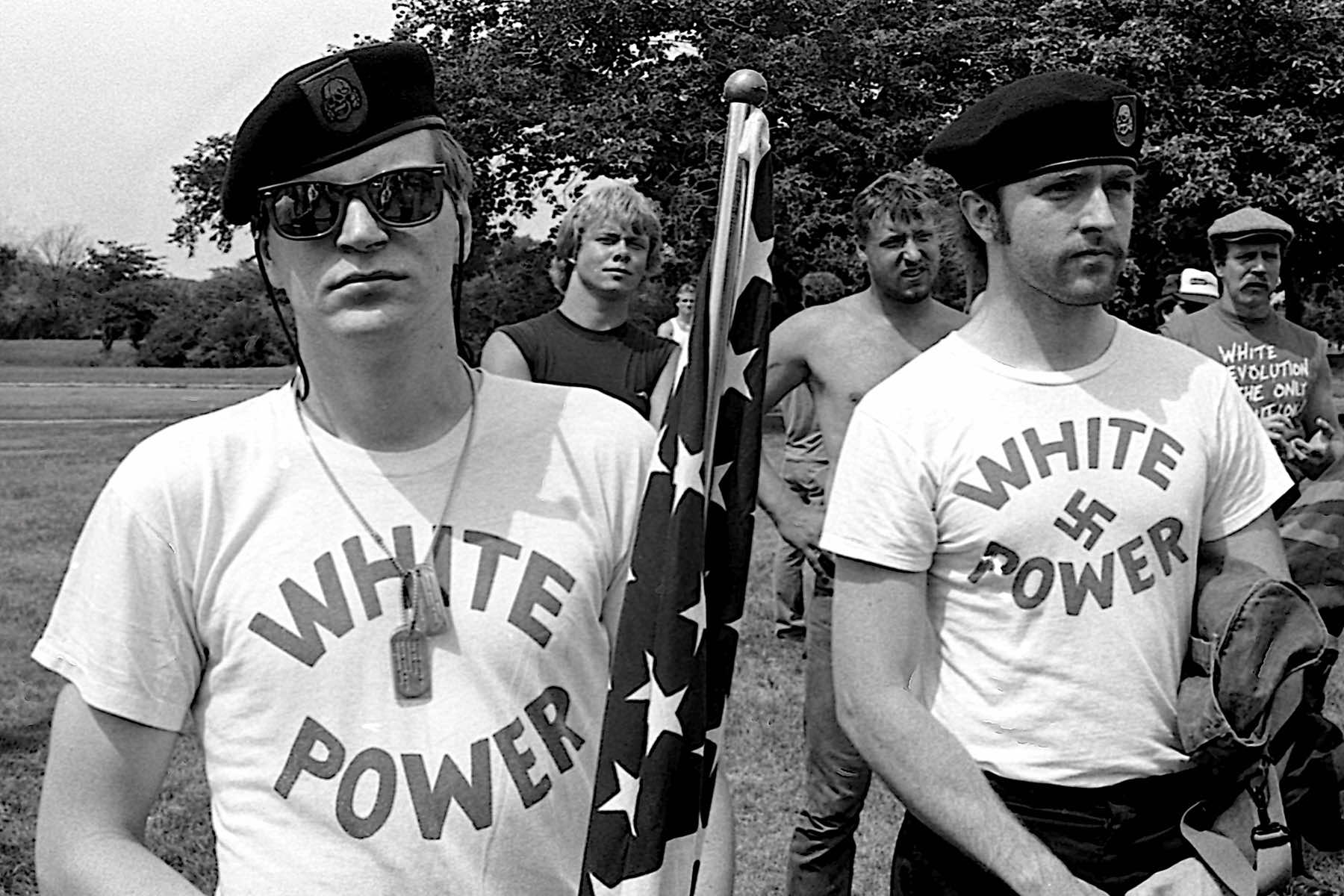
In the past several years, Donald Trump and many of his closest allies in the “Make America Great Again” (MAGA) movement have launched a series of high-profile attacks on progressive causes, activists, and policies.
While these efforts have shifted their rhetoric over time, from decrying “Black Lives Matter” (BLM) in 2020 to blasting critical race theory (CRT) in 2022, labeling liberal ideas as “woke” in 2024, and more recently challenging diversity, equity, and inclusion (DEI) initiatives in 2025, many critics say the underlying target has never changed.
Despite the ever-evolving jargon, each of these buzzwords has functioned as a euphemism for Black Americans and broader movements for racial justice.
Trump’s rise to political prominence has long been tinged by racially charged language, going back to his leadership of the so-called “birther” conspiracy about Barack Obama. However, it was during his first disastrous presidency that public focus on his rhetoric involving race issues increased substantially.
Speeches by Trump, social media posts, and off-the-cuff remarks directly attacked the popular ideologies aimed at promoting the interests, well-being, and civil rights of Black people. By substituting labels such as “BLM,” “CRT,” “woke” and “DEI,” MAGA supporters say they are critiquing ideas they deem “radical.”
Yet opponents see these terms as stand-ins for “Black,” contending that Trump and his allies are deliberately avoiding the word to downplay the racial nature of their stances while still appealing to those who harbor anti-Black sentiments.
Critics also point to the strong correlation between the policies that Trump and his allies attack and the ones championed by Black activists or educators. Observers say this is no coincidence.
They believe it represents a pattern of marginalizing Black voices, all while dressing up the language in a way that claims to be purely ideological. To understand why many call these repeated targets “euphemisms” for Black, it is helpful to review Trump’s statements, policies, and proposals from 2020 to 2025.
2020: ATTACKS ON “BLACK LIVES MATTER” (BLM)
In 2020, protests over the killing of George Floyd in Minneapolis spread across the country. Demonstrators gathered in cities large and small to decry police brutality, chant the name of Floyd, and demand systemic change in law enforcement. The phrase “Black Lives Matter” took center stage as marchers wore T-shirts, carried signs, and wrote the slogan on city streets.
Trump’s approach was to dismiss these large-scale marches as violent and anti-American. He often mentioned “law and order,” stoking fears of “chaos” in Democratic-led cities. On social media, he branded some BLM protesters as “thugs” and said their message was a smear on law enforcement. In interviews and press conferences, Trump shifted the discussion away from any deeper conversation about racial inequality by focusing on scattered incidents of property damage.
While he insisted he was attacking a “Marxist” organization, critics noted how quickly the conversation moved from BLM’s actual demands to labeling the entire movement as an extremist threat. They also pointed out that the underlying issue, longstanding complaints about police violence against Black communities, was sidelined.
Analysts said it was the first sign of Trump’s approach during this period. He did not explicitly say, “I oppose policies that benefit Black people.” But he singled out a group whose name explicitly includes the word “Black,” and was created to address issues of systemic racism against Black communities. Trump’s tactic was a way to demonize Black-led activism under a broader ideological label.
2022: ATTACKS ON “CRITICAL RACE THEORY” (CRT)
By 2022, the catchphrase Trump targeted had changed. Seemingly out of nowhere, “critical race theory” became the new rallying cry for MAGA and many conservative state officials who sought to ban certain lessons in public schools. Republican legislatures rushed to introduce bills preventing the teaching of CRT, and Trump-aligned candidates announced that stopping CRT was one of their top priorities.
Critical Race Theory, a framework developed decades ago by legal scholars, is a complex examination of how laws and institutions perpetuate racial inequities. However, in most K-12 classes, the advanced theoretical framework was never part of the curriculum. Instead, teachers might have been introducing lessons on the history of racism, the civil rights movement, or even the significance of events like Tulsa’s 1921 race massacre.
Critics argue that Trump and his allies used “CRT” as a catch-all label to oppose teaching about systemic racism, which in practice largely means teaching about the struggles and historical contributions of Black people. Opponents of this movement to ban CRT said that once again, anti-Black policies were masked behind a broader phrase.
In speeches and interviews, Trump warned of “indoctrination” and a threat to American exceptionalism. He shared unconfirmed stories about young students supposedly being “forced” to feel guilty for being White or to apologize for their ancestors’ actions. Critics countered that the real objective of his lies was to prevent discussions that might cast the nation’s treatment of Black Americans in a harsh historical light.
This transformation of “Black history lessons” into “CRT” was yet another instance of substituting one word for “Black.” By painting any Black-centered historical education as “critical race theory,” the radical Trump faction of the Republican Party sought to ignite a culture war and silence crucial conversations about race.
2024: ATTACKS ON “WOKE”
In 2024, the term “woke” found itself at the center of Trump’s cultural crusade. “Woke” has its origins in African American vernacular, historically referring to an awareness of systemic injustices and racism. Over the years, however, the term entered the broader cultural lexicon, where it came to represent progressive views on race, gender, and social inequality.
Trump and his allies, eager to unify their White Nationalist base against perceived liberal overreach, made “woke” the main enemy. In interviews and at rallies, Trump cautioned that “woke radicals” were trying to erase traditional values and stifle free speech.
Conservative pundits on television repeated the talking point that “wokeness” was undermining the country’s founding ideals, and did so in part because of the substantial profit they made in promoting the toxic narrative. The actual definition of “woke” became lost in the political noise, morphing into a caricature that encompassed anything deemed too progressive, especially regarding racial equity.
To many activists, including those within Black communities, the appropriation of “woke” as a slur was jarring. The term’s roots in Black culture were long established, yet Trump and his allies recast it as a broad insult for all left-leaning thought.
Many said this was the latest strategy to stigmatize movements aimed at addressing structural racism. It was designed once again to demonize a concept closely tied to Black experiences without directly saying “Black.”
The attacks on “woke” extended to public education, corporate diversity training, and even private speech. In some states, conservative legislatures passed “anti-woke” legislation, forbidding certain workplace training that touched on extensively documented White privilege, unconscious bias, or institutional racism. It was another chapter in what experts described as a pattern of using coded language to conceal anti-Black intentions under a veneer of opposing “extreme ideology.”
2025: ATTACKS ON “DIVERSITY, EQUITY, AND INCLUSION” (DEI)
The latest stage in this progression has been the assault on diversity, equity. and inclusion (DEI) initiatives, peaking at the start of 2025. Although these programs extend to multiple marginalized groups, they often address disparities faced by Black Americans, such as underrepresentation in hiring or promotion.
Some major corporations and universities expanded DEI departments in the wake of racial justice protests, hoping to show commitment to addressing historic inequalities in the workplace and in admissions. However, as Trump set his sights on a possible presidential comeback, he and his allies singled out DEI programs as the next “danger” to American institutions.
Conservative media figures again labeled DEI policies “discriminatory” against White applicants and employees. Trump, in a series of posts and speeches, attacked DEI training as “reverse racism” and portrayed diversity initiatives as un-American meddling.
Although DEI is a broad concept, critics note that it frequently benefits Black professionals, students, and entrepreneurs who might otherwise be shut out of opportunities. By challenging DEI programs, Trump-aligned lawmakers and influencers were pushing back on measures intended to foster greater Black representation that had been institutionally denied for decades.
During campaign stops, Trump argued that his administration would protect individuals “unfairly discriminated against” by race-conscious programs. He framed his position as a fight for “equal treatment” rather than as an attack on Black advancement. Yet many observers say this was an attempt to dress up attacks on Black progress under a more palatable, nonracial cloak.
TRUMP MEANS “BLACK”
Throughout each of these iterations, from “BLM” to “CRT” to “woke” to “DEI,” a similar pattern emerges. Critics argue that because of widespread social pressure, explicitly anti-Black rhetoric is no longer as acceptable as it once was in mainstream politics. They claim that politicians have found a workaround in abstract, academic, or ideologically loaded phrases.
In this way, Trump allies can still push back on policies and movements designed to advance Black communities without overtly mentioning race. Many activists, including Black organizers, have been vocal in calling out what they see as wordplay.
In Milwaukee, where activists have championed grassroots movements for years, similar tensions have emerged. Local officials who support diversity initiatives in public schools have faced criticism from conservative voices echoing national rhetoric that conflates discussions of Black history with “CRT.”
“Every time you hear them say they’re ‘fighting CRT,’ they’re really saying they don’t want students to learn Black history because that makes the White community uncomfortable,” said a community leader in Milwaukee. “When they say ‘woke,’ they mean Black awareness of injustice. When they condemn DEI, they’re dismissing efforts for Black inclusion. If we’re honest, this is about blocking Black progress in all its forms.”
Meanwhile, corporate diversity programs intended to expand hiring pools and leadership paths for Black workers in Wisconsin have been decried by opponents who argue these measures are unfair or “woke.”
Local community leaders say these attacks threaten to undermine Milwaukee’s strides in creating equitable opportunities, emphasizing that the city’s many Black residents have long been on the front lines of pushing for social change—despite repeated efforts to rebrand that fight under different names.
Right-wing supporters of Trump have repeatedly denied that these attacks reflect racism. They say the criticism of BLM, CRT, “wokeness,” and DEI is not about racial exclusion but rather about resisting extreme or misguided social policies. They contend without proof that these ideas have negative repercussions for national unity, free speech, and economic growth, claiming that Americans are tired of having “divisive” content forced upon them.
However, political scientists studying modern conservatism suggest that coded language on race is a deeply rooted phenomenon, dating back decades. Some trace it to the Southern Strategy in the 1960s and 1970s.
Republican politicians realized that overtly racist appeals were less viable, but “law and order” messaging or complaints about “big government” programs that disproportionately benefited Black communities could still rally certain voters. Under Trump, the strategy is simply being adapted to new cultural battlegrounds.
LEGITIMATIZING LEGAL DISCRIMINATION
The consequences of these rhetorical battles reach beyond campaign rally speeches or viral tweets. When “BLM” is disparaged, funding for programs aimed at ending police brutality has been cut. When “CRT” is demonized, teachers in majority-Black districts face censorship in their lesson plans, depriving all students of a fuller historical perspective.
Labeling progressive concepts as “woke” has triggered the rolling back of corporate or educational programs that promote equity for Black Americans. And attacking “DEI” continues to have real-world effects on hiring practices, admissions policies, and the composition of leadership in various sectors.
Civil rights groups warn that these approaches to policymaking do more than just shift semantics. By conflating everything from anti-bias training to advanced theories on race under one ominous cloud, it becomes easier to dismiss legitimate concerns about the systemic challenges facing Black communities.
Experts also say that without explicit acknowledgment that these measures are often intended to address ongoing discrimination against Black people, Trump can twist how the public sees them, casting them as unnecessary or unfair.
As MAGA’s influence expands and entrenches across the Republican Party, the future of racial discourse in America will be shaped by these coded campaigns that are created to attack attempts to end systematic discrimination. In fact, they also become powerful weapons to ensure that people of color are unable to claim their civil rights and sink lower into a permanent underclass.
“When all you do is condemn the equality movements, ideas, and programs that support Black communities, you are directly attacking Black Americans without saying the word ‘Black’ out loud,” said a civil rights organizer in Milwaukee, “But we see it for what it is. They mean Black. They’ve always meant Black.”
© Photo
Davin Brandt, Sara Corso, John Gomez, Mark Reinstein, Stephanie Kenner, Fotokalua, Jessica Girvan, and Muhamad Harun Rabiyudin (via Shutterstock)

